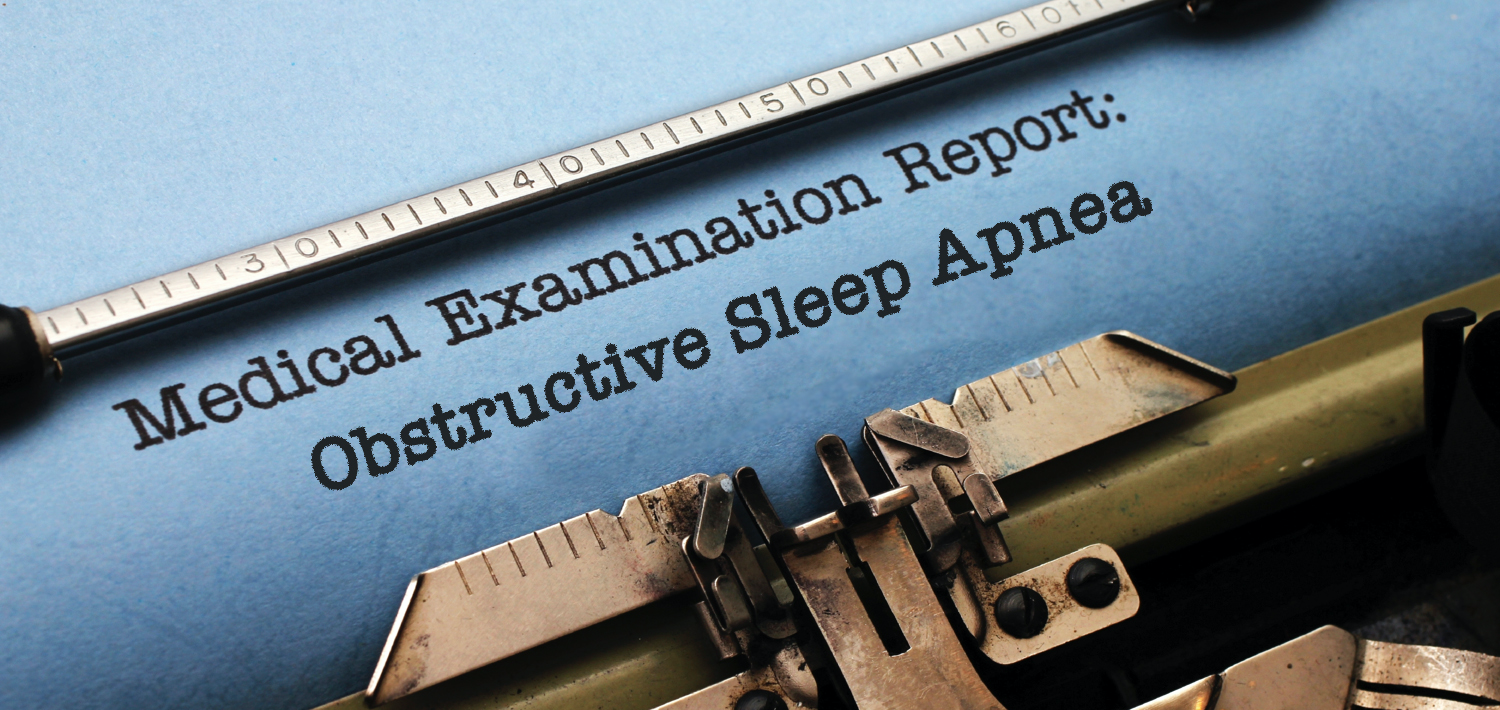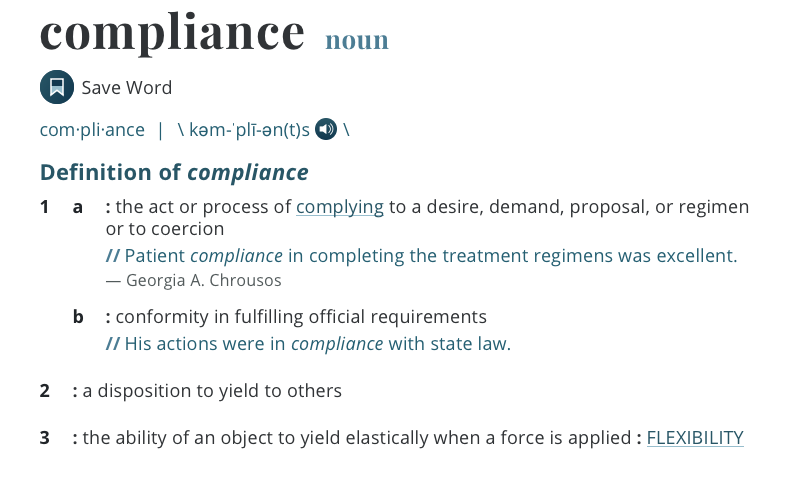Diagnosis, Protocol, Compliance and Regulation for CMEs
A CME's Guide to Better Understanding Sleep Apnea Obstructive Sleep Apnea (OSA) is a topic that has often been in the news in the transportation industry. It has come to be recognized as a condition that can affect adult males and females and can have a considerable impact on health and safety. It is [...]





